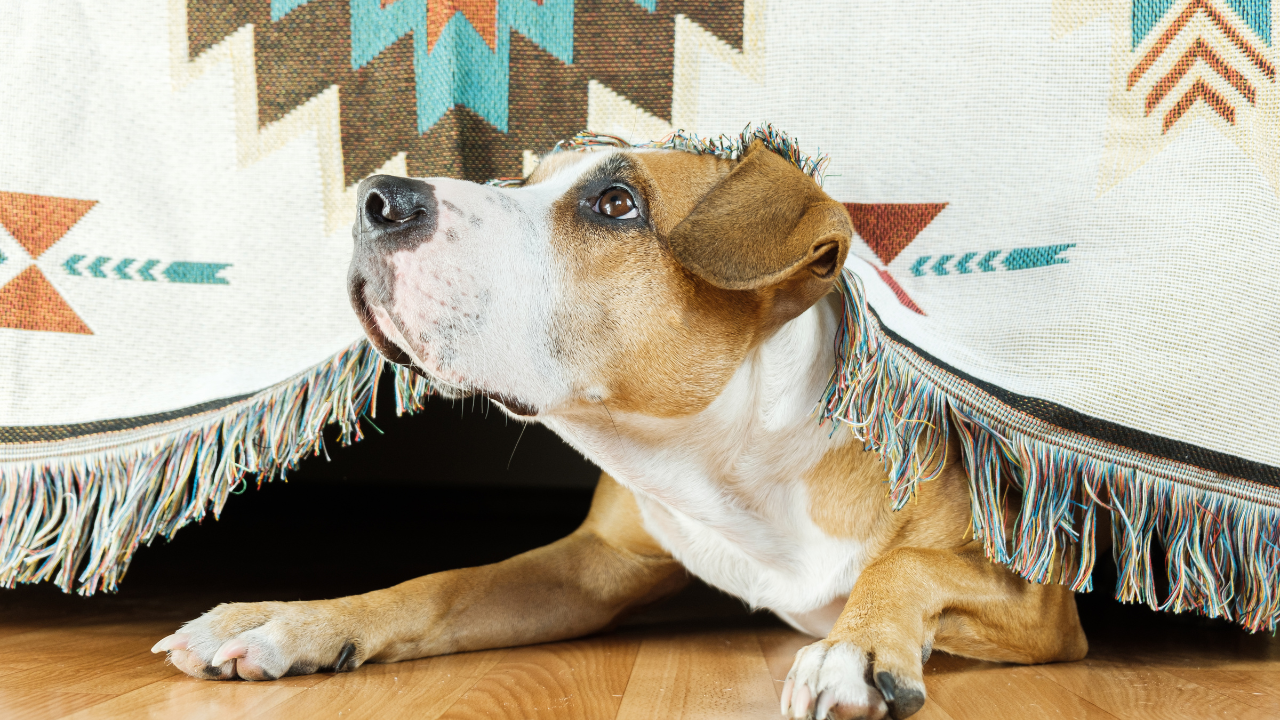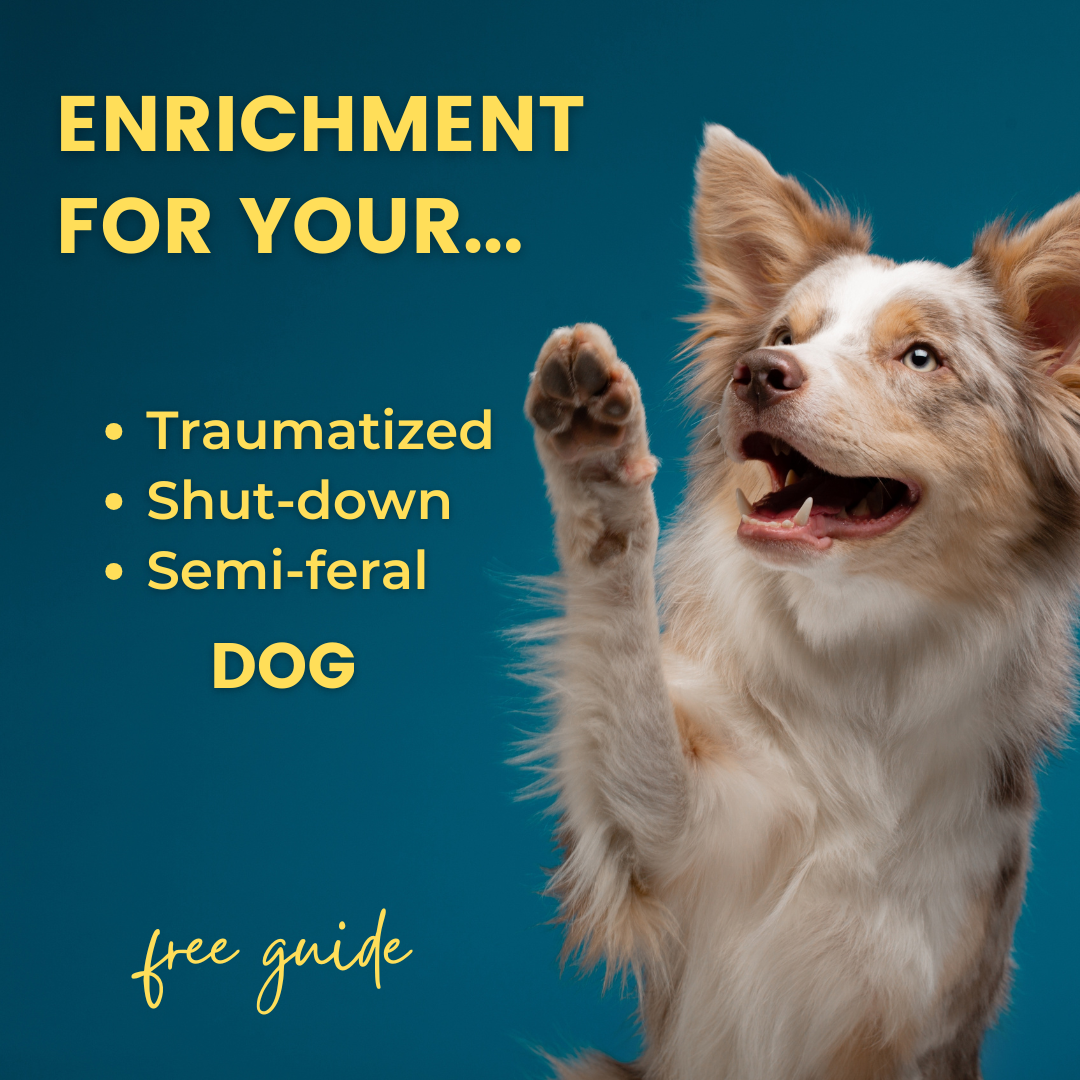Dogs Who Flee Or Cower When Approached: 3 Tips
Jun 26, 2023
Does your fearful dog freeze up, flee, or cower when you approach them? This isn't too uncommon, especially among newly adopted dogs who are fearful of people. Sometimes dogs seem to "get over" this on their own, but many don't. If you'd like to do some training to help your dog feel more comfortable when you approach, check out the tips below. Make sure to download our free resource "Tips For Interacting With Fearful Dogs" as well.
Tip #1 For Dog Who Fear Approach: Stop Your Approach Before Your Dog Reacts Negatively
If you'd like to teach your dog not to move away when you approach, start your training with very small approaches (maybe as little as one step) that don't cause your dog to move away (or bark, or react in any other negative way.)
Now, you might be thinking that you sometimes have to get closer to your dog than they are really comfortable with. Although it's not always avoidable, do your best to set up your dog's environment so that you rarely get close enough to scare them. For instance, you could place their food bowl at the edge of their safe space, rather than right next to where they usually rest. Your trainer should be able to help you come up with workarounds for most scenarios. The "Tips For Interacting With Fearful Dogs" also has some suggestions for avoiding direct approaches.
If there is really no way to avoid approaching your fearful pup and you know it's going to be scary for them, consider giving a signal first. For example, you could say "Sorry, I have to come in there!" before approaches that will be too close for comfort. That could help protect the careful training you're doing the rest of the time. You can also potentially make your approach less scary by averting your gaze and not walking straight toward your dog.
Tip #2 For Dog Who Fear Approach: Give Treats When You Approach
Make your approach predict good things. Do your small approach that doesn't elicit any negative reaction from your dog, then toss treats to them (or place treats on the floor, if throwing treats scares them). Ideally, do this every time you approach, even when you're not in a training session. It's all training to your dog!
Tip #3 For Dog Who Fear Approach: Leave Right Away
Many dogs who are afraid of people approaching them, also find prolonged proximity to people uncomfortable. So in early approach training, turn around and leave as soon as you've delivered the treats. Talk with your trainer and when and how to build the duration of your interactions with your dog- you might be doing this separately from your approach training.
If you found this information helpful, or if you have other important pointers that have helped you, we'd like to hear from you! You can comment below this blog, shoot us an email ([email protected]), or message us on Facebook or Instagram.



